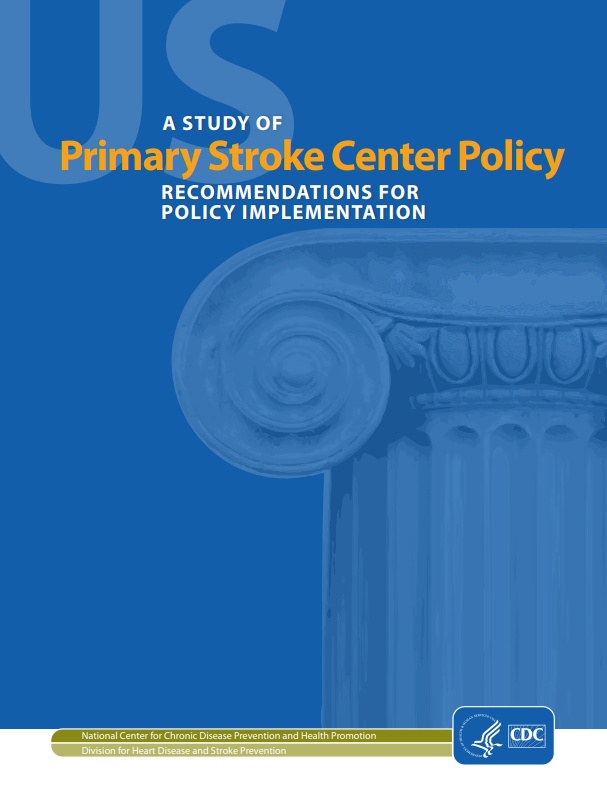Stroke Systems of Care
Policy Resources
Stroke is a leading cause of death and disability in the United States. There are life-saving treatments for stroke, but patients must receive them in a timely manner.
Some states use laws to organize local health services into stroke systems of care—networks that help stroke victims receive appropriate treatment faster from the ambulance to the hospital to rehabilitation.
This page provides information about the evidence behind these systems of care and where evidence-informed policies have been adopted by states across the country.
Policy Evidence Assessment Reports (PEARs)
State laws that address the policy interventions with best evidence are expected to have the greatest potential for a positive health impact and an associated economic impact.
Those with promising or emerging evidence could also have positive impacts, but the quantity and quality of the evidence for public health impact is limited at this time.
Shareable Resources
These resources can help your audiences learn more about stroke. Share them with peers, advocates, educators, patients, and legislators.
- Social messages and graphics about stroke: Stroke Communications Kit
- Stroke survivor stories: The Many Faces of Stroke
- Printable and shareable resources: Stroke Patient Education Handouts
- CDC video about stroke: Recognize the Signs and Symptoms of Strokeexternal icon



